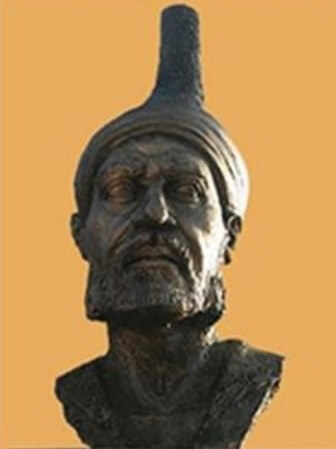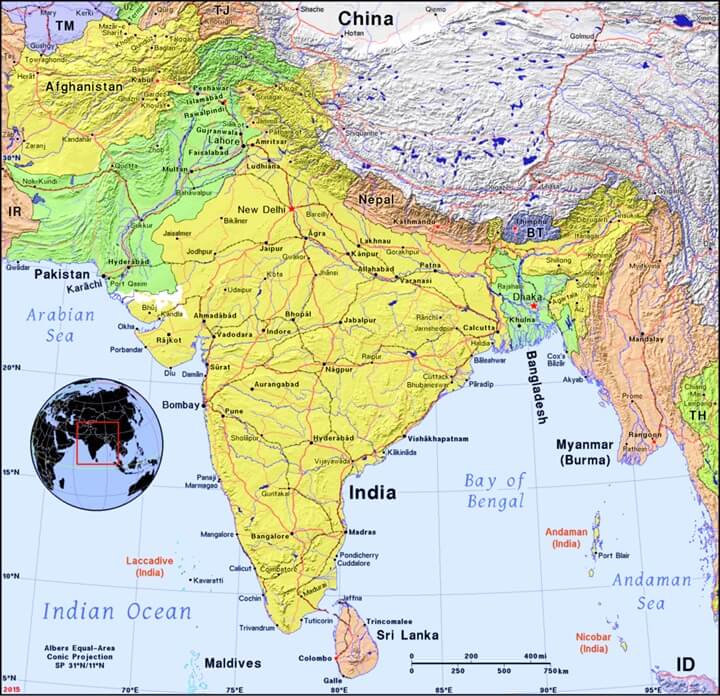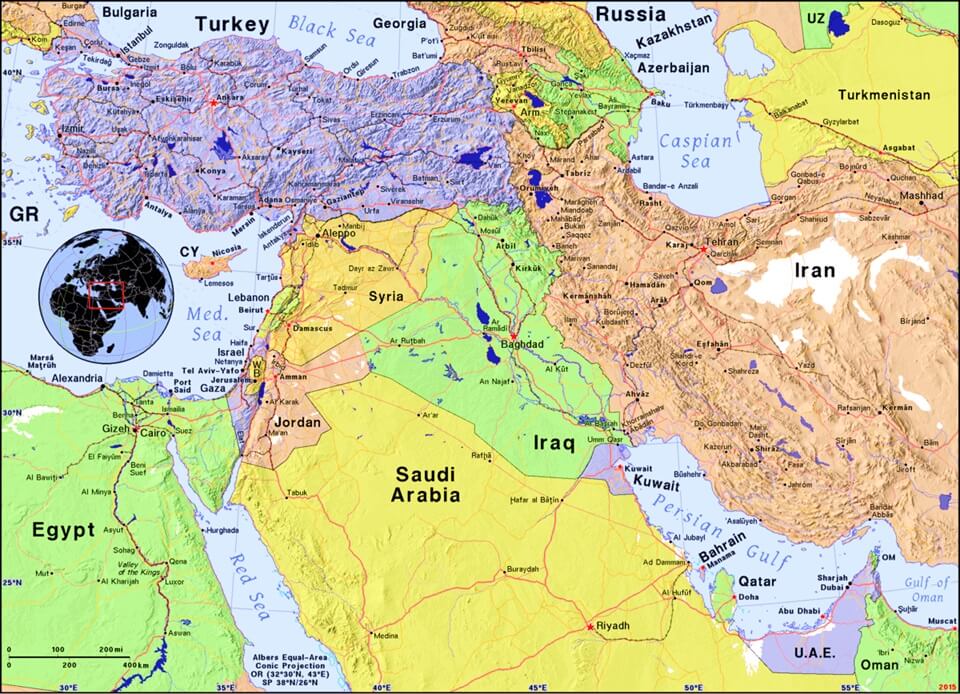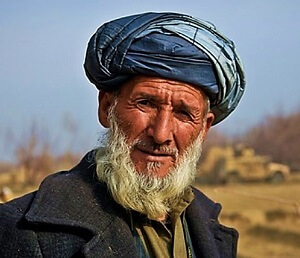 Art Around the World
World Art
Art Around the World
World Art


 Art Around the World
World Art
Art Around the World
World Art

Study the artwork for one week.
Over the week:


Activity 1: Can You Find It?
Find the following in the artwork:

Activity 2: Narrate the Artwork
Activity 3: Map the Artwork

Activity 4: Sketch a Turban
